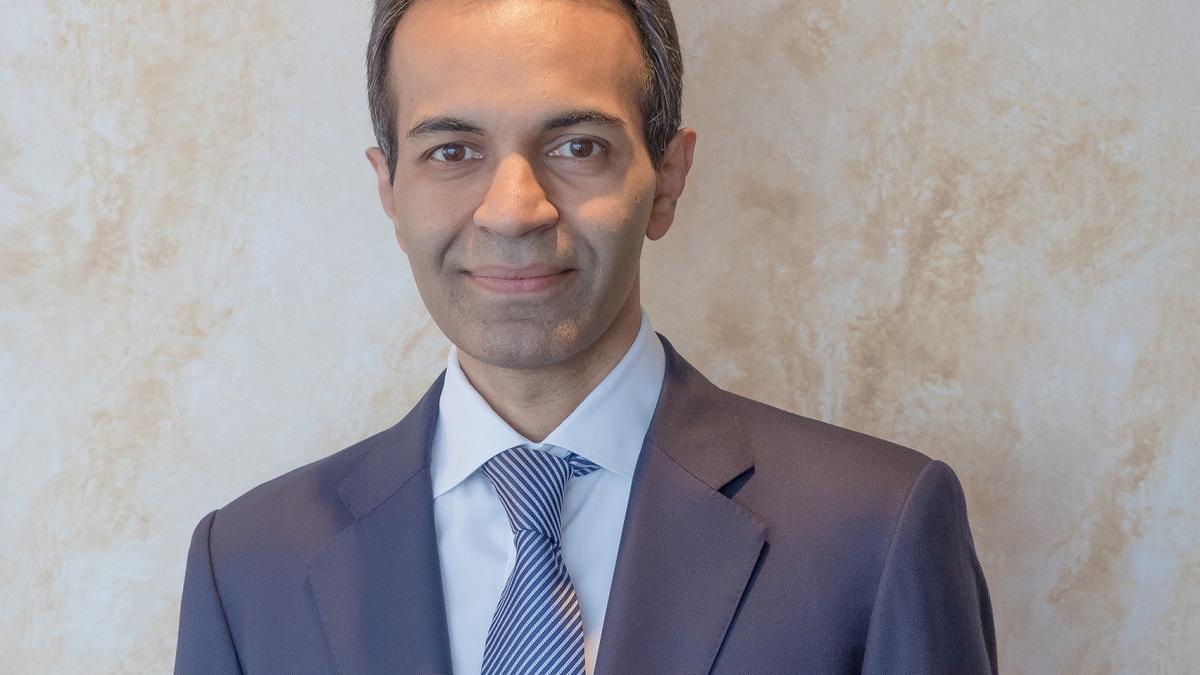
‘Ashok Leyland ready to offer full suite of clean energy vehicles’
The Hindu
Ashok Leyland Executive Chairman Dheeraj Hinduja said that the company is at a striking distance to be the market leader in India and also achieve its Vision to be a global top 10 commercial vehicle player.
Commercial vehicle manufacturer Ashok Leyland Ltd. is fully geared up to offer clean energy options beyond electric propulsion, said Executive Chairman Dheeraj Hinduja.
“The CNG and LNG trucks and buses are already operational, initiatives in methanol as a new energy fuel is well underway, and the prototype green hydrogen trucks have been deployed in actual operating conditions,” he said in the chairman’s message to shareholders.
In short, ALL is future-ready to offer a full suite of clean energy vehicles, he said.
Talking about green mobility, he said the EV sector was expected to be buoyant now on, enabled by supportive governmental measures and ALL was well-positioned to take advantage of the consequent growth momentum.
“Today, there are more than 950 e-buses deployed on road globally and the order pipeline is constantly growing. Later this year, sales in the European market is planned to begin,” he said.
ALL recently launched its Boss electric truck and is in advanced stages of rolling out a fully electric 55T-tractor trailer soon.
On the recently launched digital platform for used vehicle business Re.AL, he said that the company was also preparing to inroduce its first ever vehicle scrappage facility under a franchise model.

The Union Budget unveiled on February 1, 2025, has come at a time of unprecedented global uncertainty and a flagging domestic economy. The real GDP growth is estimated at 6.4% for 2024-25 and between 6.3-6.8% for 2025-26, a far cry from >8 percent growth required annually to make India a developed nation by 2047. While much attention has been devoted to the demand stimulus through income tax cuts, not enough is said about the proposed reforms in urban development, tariff rationalisation, and regulatory simplification aimed at making Indian cities and corporates more competitive. Since the majority of economic activity is located in cities (urban areas account for ~55% of GDP) and produced by large corporates (~40% of the national output and 55% of India’s exports), the above-mentioned reforms have a pivotal role in improving India’s trend growth rate. Below we unpack each reform.












